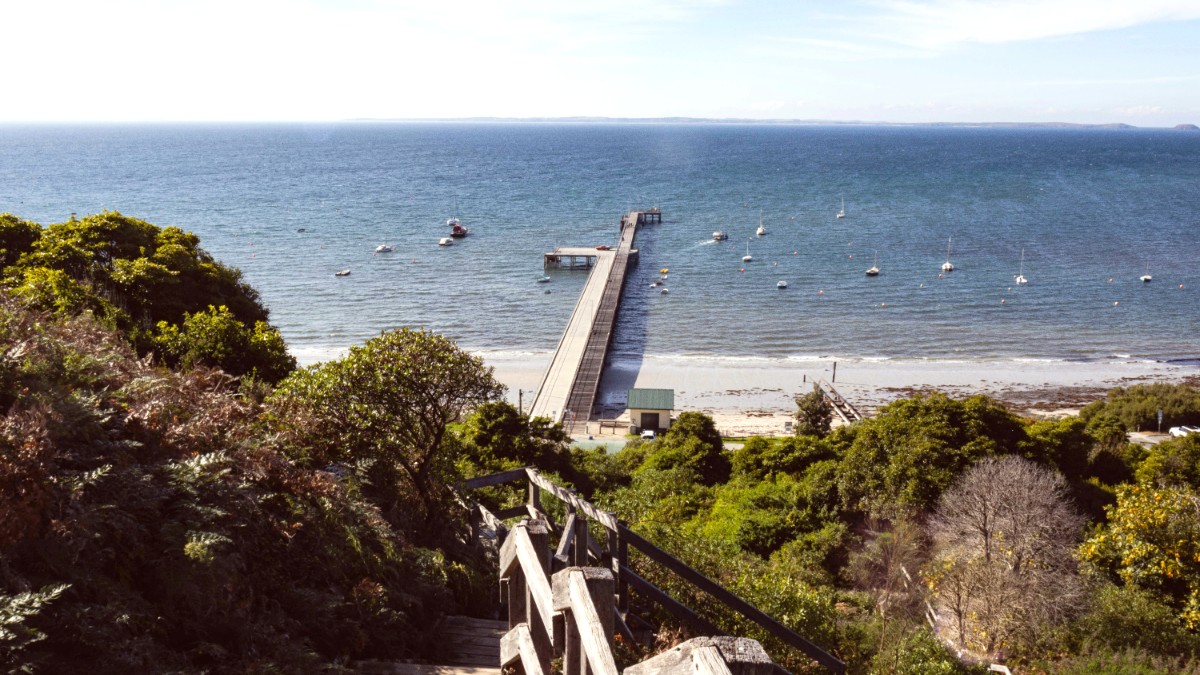
Victoria, Australia
Summer (Dec-Feb): Lightweight, breathable fabrics like cotton or linen. Pack shorts, t-shirts, tank tops, sundresses. Swimwear is essential. Evenings can be cooler, so a Light jacket or cardigan is useful. Autumn (Mar-May) & Spring (Sep-Nov): Long-sleeve shirts, light sweaters, jeans. A medium-weight jacket or coat. Winter (Jun-Aug): Warm clothing. Thermal layers. Wool sweaters, warm trousers, waterproof and windproof Winter jacket. Hat, Gloves, and a Scarf for cold.
Hiking/Bushwalking: Comfortable, breathable active wear. Layers work well for varying temperatures. Swimming/Beach: Swimwear, rash vest for sun protection, and a beach cover-up. Winery/Fine Dining: Smart casual. For high-end fine dining, business casual or slightly more formal attire (e.g., collared shirts for men, dresses or smart trousers for women) may fit. Check the venue's website if unsure. Hot Springs: Swimwear is required for all bathing areas. A towel and robe are useful.
Ideal for exploring towns, foreshore paths, and casual attractions. Comfort is .
Recommended for national park trails, uneven terrain, and longer walks. Ankle support and grip are important.
Sandals, flip-flops, or water shoes. Practical for beach access, walking on sand, and near water.
Carry these documents to ensure smooth travel and address unexpected situations.
Australia uses 230V at 50Hz (Type I plugs: three flat pins). Most modern electronics are dual voltage. Bring a Universal travel adapter with Australian compatibility. Most modern smartphones work with Australian mobile networks (GSM) if unlocked. Prepaid SIM cards are available at airports, telco stores, and supermarkets. Telstra has the best coverage in regional areas.
A Smartphone camera suits casual photos. A Compact digital camera or DSLR/Mirrorless suits higher quality. An Action camera (GoPro) for water activities. A Flexible tripod or small Travel tripod is useful for scenic shots. A Portable power bank is highly recommended for charging on the go. Consider B&H Photo for gear.
Regularly save photos and documents to cloud services or an external hard drive. This protects your memories if devices are lost or damaged.
Keep devices password-protected. Avoid public Wi-Fi for sensitive transactions without a VPN.
A well-stocked personal health kit responds to common travel ailments and minor injuries. Include Band-Aids, antiseptic wipes, pain relievers (paracetamol/Acetaminophen, Ibuprofen), anti-diarrhoea medication, allergy medication, small scissors, and tweezers. Adventure Medical Kits are a good source.
Carry all prescription medications in original labeled containers. A doctor's letter explaining medication and condition helps at customs. Pack enough for your trip plus extra days. Keep them in carry-on. Over-the-counter options: pain relievers, antacids, cold/flu remedies, motion sickness tablets. High-SPF (50+) broad-spectrum sunscreen and Lip balm with SPF are important year-round. Insect repellent with DEET or Picaridin. A wide-brimmed hat and UV-protective sunglasses.
For exploring trails in national parks and along the coastline.
For enjoying the bay beaches, ocean surf, and marine life tours.
For capturing the scenic landscapes, wildlife, and experiences.
For international flights to Melbourne, a comfortable Travel neck pillow, an Eye mask, and Earplugs greatly improve comfort. A Small padlock secures luggage. An RFID blocking wallet protects credit cards and passport. A Money belt offers extra security for passport and cash.
A Picnic blanket or beach mat suits outdoor spaces. An Esky (cooler) or Cooler bag keeps drinks and snacks cool, particularly for beach days or transporting wine. Specialized prescription medications or specific brands of toiletries are best brought from home. High-quality hiking or outdoor gear, if you plan extensive trekking, should be brought if you prefer your own familiar equipment; new purchases locally can be expensive.
For your daily caffeine fix, reduce waste.
If you plan to use natural water sources, like LifeStraw.
For groceries and souvenirs, avoid plastic.
For takeaway meals or picnics.
Roll clothes tightly to save space and minimize wrinkles. Use packing cubes to organize items and compress clothing. Wear your heaviest shoes and jacket on travel days to lighten luggage weight.
Place liquids in a separate, clear, resealable bag for easy access at airport security. Label your luggage with your name and contact information, inside and out. Keep important documents and medications in your carry-on bag.